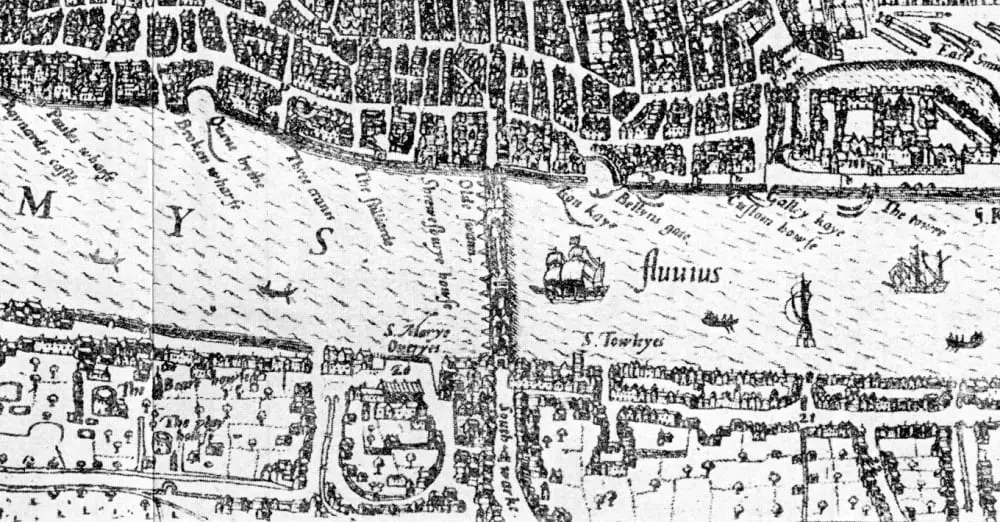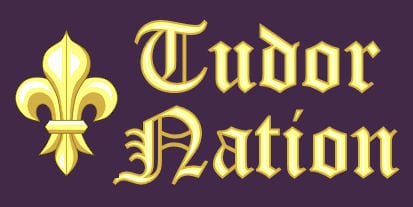The Stews was the name given to the most notorious brothels in London. The Tudor ‘red light’ district was situated south of the river Thames in Southwark. Located between Maid Lane and Bankside, they were near to the arenas used for bear and bull-baiting. There were also many theatres and music halls in the area.

The Stews had begun life as public bathhouses licensed by the Bishop of Winchester in the twelfth century. However, by the Tudor period they had become houses of ill repute. It is thought that they were named the ‘Stews’ because the ponds where the Bishop of Winchester bred fish were called the Stew Ponds. However, they may also have got their name from the French word Estuwes which means stove. Stoves were used to heat water for the bathhouses.

Sermons were preached about the sinful nature of the Stews, but it had not stopped them being used.
In 1506, King Henry VII ordered that they be closed after the levels of those suffering from syphilis, commonly known as the pox, had increased significantly. Although the order led to the brothels being closed for a short time, the Stews were soon open for business again.
In 1546, due to cases of syphilis continuing to rise, King Henry VIII passed a law making brothels illegal and the Stews were closed.
This move did not end prostitution, rather, brothels disguised themselves as taverns or relocated to less prominent locations.
Published 2019 – Updated -Dec 7 2024
Harvard Reference for this page:
Heather Y Wheeler. (2019 – 2025). The Stews in Tudor England Available: https://www.tudornation.com/the-stews Last accessed April 15th, 2025
